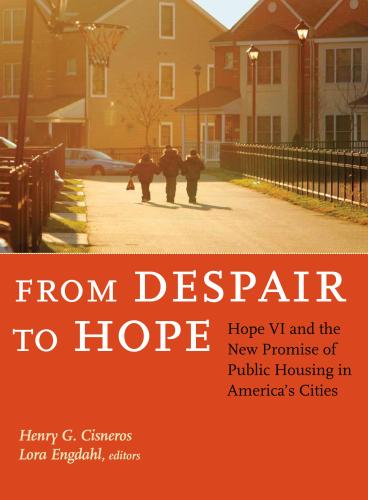What’s the latest thinking in fiscal and monetary policy? The Hutchins Roundup keeps you informed of the latest research, charts, and speeches. Want to receive the Hutchins Roundup as an email? Sign up here to get it in your inbox every Thursday.
Fintech lenders improve access to credit for small businesses
Using small business loan-level data over the 2016-2019 period, Giulio Cornelli of the Bank for International Settlements and co-authors find that fintech lenders provide credit to small business owners who are likely not deemed creditworthy by traditional banks. Fintech lenders are more likely to make loans to small businesses in areas that have higher business bankruptcy rates and higher rates of unemployment, the authors find. Moreover, fintech credit ratings—which utilize non-traditional data (such as borrowers’ online footprints, email history, etc.)—assess borrowers more accurately than those relied on by traditional lenders. Specifically, internal credit scores used by Funding Circle, a prominent fintech lender, explain about a third of the variation in loan default rates even after traditional factors such as FICO or Vantage scores have been taken into account. The results suggest that “fintech lenders have the potential to move toward a more inclusive financial system where small business owners who are considered below prime could get access to business funding and could do so at a lower cost than otherwise,” the authors conclude.
IRS pre-population could save taxpayers time and money
The IRS has sufficient information to accurately pre-populate the returns of 41% to 48% of U.S. taxpayers, find Lucas Goodman and Andrew Whitten of the Treasury Department, Katherine Lim of the Minneapolis Fed, and Bruce Sacerdote of Dartmouth College. Using a nationally representative sample of individual income tax returns from 2019, the authors simulate a pre-population procedure using only information contained in the prior year’s returns and the current year’s information returns (such as W-2 forms reported by employers). Accuracy differs across the income distribution, they find, with 60% to 80% accuracy rates in the lowest income decile compared to 10% to 30% in the highest income decile. Pre-population is most accurate for taxpayers who are younger, unmarried, without dependents, and who earn only wage income. The authors stress that this approach could reduce the costs of tax preparation, as about 40% of individuals with accurately pre-populated returns in their sample had used paid tax preparers. The authors also suggest that IRS pre-population could reduce non-filing and thereby increase take-up of credits like the Earned Income Tax Credit and Child Tax Credit.
Redlining had long-term consequences
In the 1930s, federal agencies published maps grading neighborhoods on “creditworthiness” which were heavily influenced by racial composition, a practice known as redlining. These maps were used by private banks to withhold financial services in certain areas, particularly Black neighborhoods. Daniel Aaronson of the Federal Reserve Bank of Chicago and co-authors use 1970s tax data and the 2000 census to compare the long-run outcomes of children who grew up in redlined neighborhoods. They find that children living in lower-graded areas in the 1930s were more likely to live in neighborhoods with higher poverty rates, higher rates of single-headed households, and lower educational attainment by the 1970s. They also completed about 0.2 fewer years of education and had lower annual real earnings in 2000 than peers who grew up in higher graded neighborhoods.
Chart of the Week: Treasury yields approach 2018 levels
Chart courtesy of the Wall Street Journal
Quote of the week:
“A 75 basis point increase is not something the committee is actively considering. We raised [the federal funds rate by] 50 basis points today. Assuming that economic and financial conditions evolve in ways that are consistent with our expectations, there’s a broad sense that an additional 50 basis increase should be on the table for the next couple of meetings. We’re going to make these decisions at the meetings of course and we’ll be paying close attention to the incoming data and the evolving outlook, as well as to financial conditions,” says Federal Reserve Chair Jerome Powell.
“We’ve seen some evidence that core PCE inflation is perhaps reaching a peak or flattening out. We’ll want to know more than just ‘some’ evidence, we’ll want to feel like we’re making some progress there. But, I mean, we’re going to make these decisions and there will be a lot more information at that time… It’s a difficult environment in which to try to give forward guidance…. There are just so many things that can happen in the economy and around the world, so we’re leaving ourselves room to look at the data and make a decision as we get it.”
The Brookings Institution is financed through the support of a diverse array of foundations, corporations, governments, individuals, as well as an endowment. A list of donors can be found in our annual reports published online here. The findings, interpretations, and conclusions in this report are solely those of its author(s) and are not influenced by any donation.
The Brookings Institution is committed to quality, independence, and impact.
We are supported by a diverse array of funders. In line with our values and policies, each Brookings publication represents the sole views of its author(s).












Commentary
Hutchins Roundup: Fintech, tax forms, and more
May 5, 2022